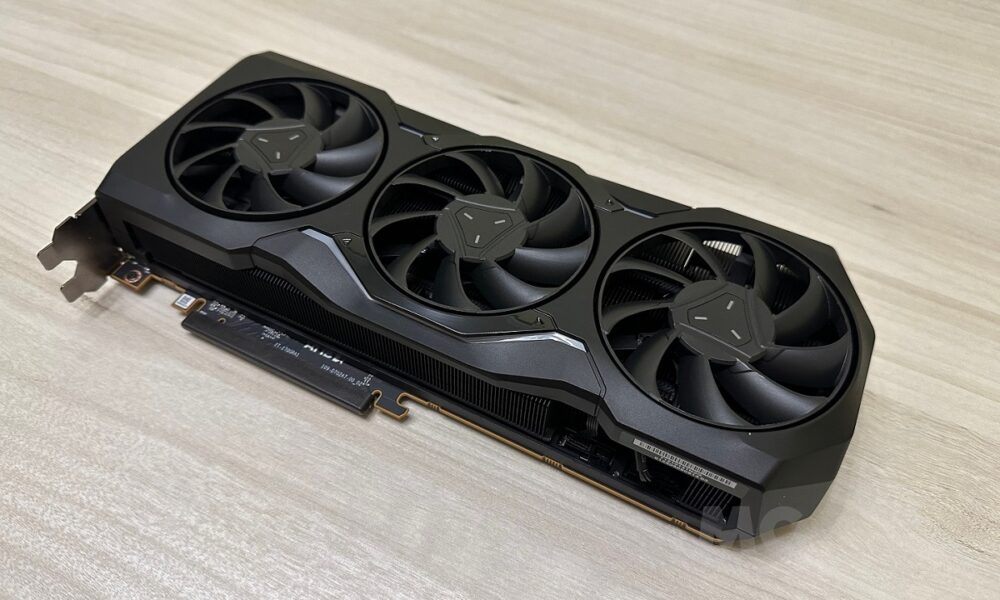
The Radeon RX 7900 XTX is the most powerful graphics card that AMD has launched based on the RDNA3 architecture, and as we already told you in our analysis, this model has slightly higher raw performance than a GeForce RTX 4080although the difference is small and that means that both are in the same league.
However, when it comes to ray tracing performance, and if we add the value of DLSS 3 and frame generation, it is clear that the GeForce RTX 4080 It takes an important advantage, and that in the end it is a better option. It’s also cooler and more efficient, so it’s even clearer in the end.
The fact is that many AMD fans wondered why the company had not released an alternative to the GeForce RTX 4090, that is, a graphics card based on the RDNA3 architecture that was capable of competing with the NVIDIA flagship. In an interview with ITMedia, a Japanese outlet, Rick Bergman, Executive Vice President of AMD’s Computing and Graphics Business Group, and David Wang, Senior Vice President of Engineering at Radeon Technologies Group at AMD, answered that question quite clearly.
In theory they could have used the RDNA3 architecture to develop a much more powerful GPU than the current Navi 31. This has 6,144 shaders and, as we said, it competes with the GeForce RTX 4080, so to be at the level of the GeForce RTX 4090 they would have had to increase the number of shaders by at least 30-40%, depending on the clocks. work maxims.
And then why didn’t they? The answer is pretty simple, because it would have been a product with too high consumption and because it would have had a very high price. In this sense, Rick Bergman gave wrong information, and that is that the GeForce RTX 4090 does not have a TGP of 600 watts, but rather this 450 watts. It is true that, with overclock, that value skyrockets, but in its home state, which is what we are talking about, it moves at that value.
Those of you who read us daily know that I am a lover of technology in general, and of graphics cards in particular. That’s why I like to dig so deep into every architecture and every new release, and I think AMD got a lot right with RDNA 3and that you’ve done a good job with that 80% performance improvement in ray tracing, but you still have things to do, and one of them should become your priority: a real rival for DLSS 3 and frame generation.
We will see what AMD surprises us with when it presents the RDNA4 architecture, but the first information we have seen suggests that it will maintain the same base of the current generationthat is to say, that they will repeat the use of infinite cache and that it will be externalized.




